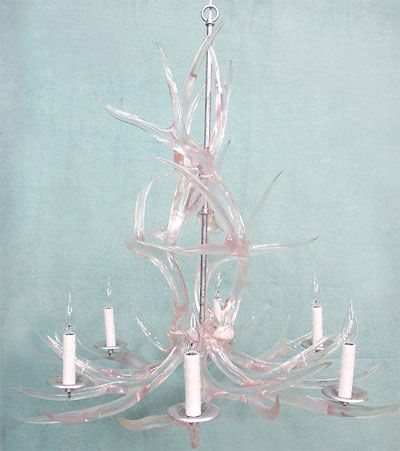Claytongrayology : Lucite 101
Written by Wendy Garraty
Lucite also known as acrylic or Poly(methyl methacrylate) (PMMA) is a transparent thermoplastic, often used as a light or shatter-resistant alternative to glass. It is sometimes called acrylic glass. Chemically, it is the synthetic polymer of methyl methacrylate. The material was developed in 1928 in various laboratories, and was first brought to market in 1933 by Rohm and Haas Company.
Lucite first appeared on the design scene in 1937 and has continued through the decades to be associated with Hollywood Regency glamor. Soon after its creation, interior and stage designer, Ladislas Medgyes, used lucite to decorate the high-profile New York City apartment of Helena Rubinstein. This helped solidify lucite’s place in the world of decor. In the ‘60s designers Karl Springer, Vladimir Kagan, Charles Hollis Jones and Gaetano Sciolari contributed to its popularity. A well-known lucite piece, the Louis Ghost Chair, reemerged in 2002 when Philippe Starck collaborated with the manufacturer Kartell to reintroduce this form.
Lucite has stood the test of time especially during WWII when it was commonly used for military applications due to its high durability, low density, resistance to wind, water and UV rays. Lucite is easy to clean and care for and can be used both indoors and outdoors.
Bring some Lucite into your home with our Deer Antler Lucite Chandelier.



Leave a Reply